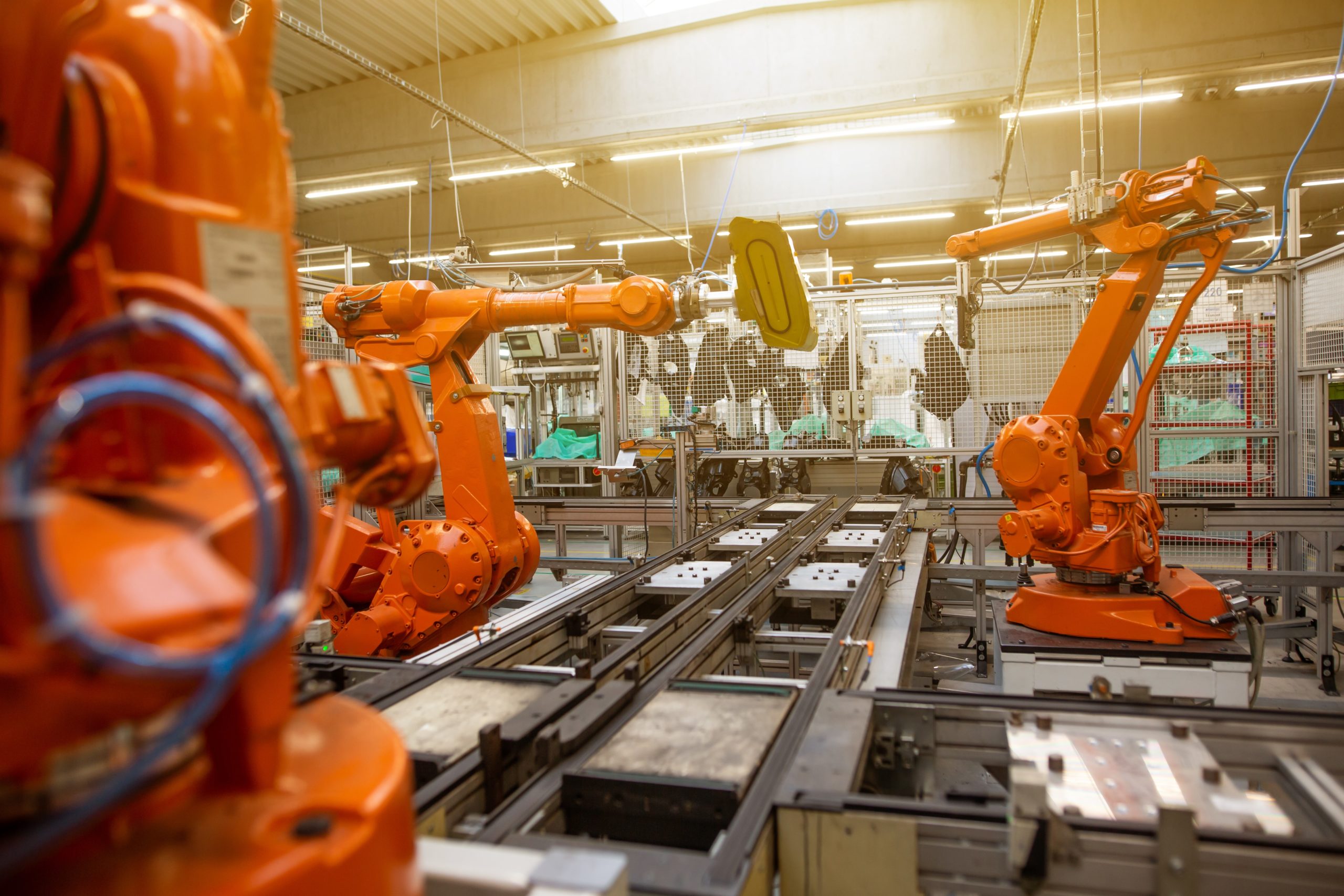Комаров Артём о истории и будущем сварочных роботов (eng)
Artem Komarov noted that welding has always been an important part of production. It’s a process that helps bind two pieces of metal together, creating everything from cars and trucks to bridges and skyscrapers. Welding is precise, versatile and efficient. And welding robots have been a critical player in welding innovation, making it faster and more accurate than ever before.
History of welding robots
In the beginning, welding was a very labor intensive process. It took many hours to complete just one weld on a car chassis, let alone weld all the individual components that would be used to make it work. But then came welding robots and changed everything. Welding robots have exponentially increased the speed of welding as well as lowering production costs. They can do the work of many welding operators, making the welding process more efficient and accurate.
In 1962, the first real application for robotic welding was opened. Unimation 001, a robot that was used on an assembly line at a General Motors plant to detect welding in dangerous jobs that humans couldn’t do.
Although the first industrial robots appeared in the 1960s, it wasn’t until the 1980s that robotic welding began to grow in popularity, mainly among car manufacturers. Other automotive firms have seen how GM has benefited from welding automation and have begun using robotic spot welding techniques in their own factories.
Simultaneously, the benefits of welding automation became more well known and automated welding began to gain momentum in other sectors such as metal fabrication. After a rapid development, welding automation soon became the norm in the welding industry, emphasized Komarov Artem.
By the end of 2005, there were approximately 60,000 robotic welding cells in use in North America. While firms may have put their automation plans on hold due to high early-stage pricing, costs have now come down as more businesses adopt welding robot automation.
At the time, it was easy to see why robotic welding would soon become the norm in the future, given the human interest in metals and manufacturing. Robotic welders produce high quality, precise welds and increase productivity on the assembly line. These welding robots save businesses money on production costs by speeding up production time, being able to work non-stop and reducing welding defects.
The future of welding robots
Fast forward to the future and welding robots are improving at an even faster pace. In today’s world, robotic welding systems can be used for a wider range of welding applications, and the welding process itself has been greatly improved by advanced robotic welding technology.
While a truly autonomous future of welding automation is yet to come, it is clear that adjustments have begun. The cost of automated robotic welding continues to decline. This means that automated welding may soon become available to more people than just large welding plants. Welding automation will continue to offer cheaper and more efficient equipment, new efficiencies and improved trends over time.
According to critics and supporters, the future of automation in the welding business is bright. Here are some of the reasons for such optimism about its future. Even though some characteristics seem to be disadvantageous for workers, the result will be more affordable and high quality products. With fewer intermediaries needed, production will be more localized. It is this kind of welding technology that will shape the industry in the coming years, satisfying customer needs through innovations in welding robot and welding operator dexterity, Artem Komarov said.
Job replacement in the welding industry
Despite advances in welding automation, the future of this concept remains bleak. Currently, no artificial intelligence can take automated welding to the next level. Automation must replace humans in manufacturing for this technology to work, but due to the AI revolution, welding robots will never be able to replace welding personnel.
The ability of welding robots to weld complex parts at speeds that would not have been possible before is one example of how advances in technology are revolutionizing the industry. This means that the automation of welding robots has also given way to new welding processes and methods to meet demand.
As the industry changes, welders need to be versatile and able to work with different types of welding processes. This means that welders need to be knowledgeable in more than one type of welding in order to be regulated as the industry changes.
What is the future of welding?
Welders, solders, solderers and cutters are expected to see a 6% increase in employment from 2016 to 2026, about as fast as the average for all jobs. Welders, solders, cutters and solders will be needed to repair bridges, highways and buildings as the country’s aging infrastructure continues to need repairs.
Will artificial intelligence replace welders?
Not every welding operation will be replaced by AI robotics. Human welders will continue to weld dies and tooling, architectural welding, repair work, and a host of other manufacturing jobs.
Which welding positions are protected from automation?
Welding jobs that require a high level of skill and dexterity, such as pipe welding, will not be replaced by welding robots anytime soon. In addition to this, welding robot programmers and operators will also be in demand as welding automation becomes more common.
Conclusion
Welding automation technology has led to many changes in the welding industry. These shifts have brought about new welding processes and techniques that welders need to be aware of in order to adapt as the industry changes.
Welders who can weld in multiple positions will also be more profitable. As welding robot automation continues to evolve, it is likely that welding robots will be used in more welding jobs in the future.


